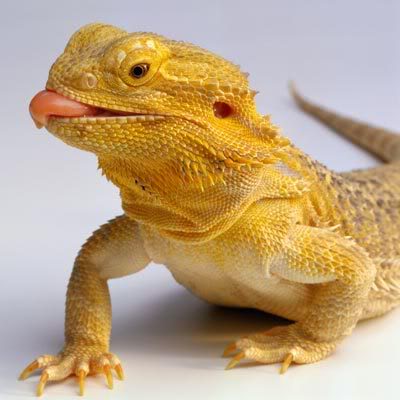Your Ultimate Guide to Bearded Dragon Babies for Sale
Introduction
Bearded dragons make excellent pets, and owning one is a wonderful experience. These reptiles are docile, friendly, and low-maintenance. If you’re looking for a new pet, bearded dragon babies might just be perfect for you! Not only are they incredibly cute, but they’re also fascinating creatures to watch and care for.
What Are Bearded Dragons?
Bearded dragons are a type of lizard from Australia. They can grow up to 24 inches long and have a unique appearance. One of the most distinctive features of bearded dragons is the ‘beard’ they have under their chin. This beard can puff up and turn black when the lizard is feeling threatened. Bearded dragons are omnivores, meaning they eat both plants and animals.
What Are Bearded Dragon Babies?
Bearded dragon babies, also known as hatchlings, are tiny versions of adult bearded dragons. They’re typically around 4-5 inches long, and they can grow up to 24 inches as adults. Bearded dragon babies are cute and require special care, much like human babies. If you’re considering getting a bearded dragon baby, you need to make sure you’re prepared to take care of it properly.

Where to Buy Bearded Dragon Babies?
When it comes to buying bearded dragon babies, there are a few different options. You can buy them from a pet store or a breeder. Pet stores often have a wide variety of reptiles available, including bearded dragons. However, the downside of buying from a pet store is that you don’t always know where the animal came from or how it was raised. Breeder-bred bearded dragon babies are typically healthier and more socialized than those from a pet store. Additionally, you can buy bearded dragon babies online, but make sure you research the seller and read reviews before making a purchase.

Things to Consider Before Buying a Bearded Dragon Baby
Before you buy a bearded dragon baby, there are a few things you need to consider. These include:
- Housing: Bearded dragons need a large enclosure that’s at least 40 gallons. Make sure you have a suitable place to keep your baby bearded dragon before you buy one.
- Lighting: Bearded dragons need a specific type of lighting to help them digest food and absorb calcium. Make sure you have the right lighting setup before you bring your bearded dragon baby home.
- Diet: Bearded dragons eat both plants and animals. They require a varied diet that includes vegetables, insects, and occasionally fruit.
- Temperature and humidity: Bearded dragons need a specific temperature range and humidity level to stay healthy. Make sure you have the right setup for your bearded dragon baby.
Bearded Dragon Baby Care Guide
Caring for a bearded dragon baby requires some knowledge and effort. Follow these tips to take excellent care of your new pet:
Housing
As mentioned earlier, bearded dragons need a large enclosure that’s at least 40 gallons. You’ll need to provide a suitable substrate for your baby bearded dragon as well. We recommend a combination of reptile carpet and paper towels. Avoid using sand or any loose substrate, as small particles can be ingested and cause impaction.
Lighting
Bearded dragons need a specific type of lighting to help them digest food and absorb calcium properly. You’ll need to provide ultraviolet (UV) lighting in your bearded dragon’s enclosure. The UVB bulb should be changed every 6-8 months to ensure it’s still working properly. Additionally, you’ll need to provide a basking light for your bearded dragon to regulate their body temperature.

Diet
Bearded dragons are omnivores, meaning they eat both plants and animals. Baby bearded dragons require more protein-rich foods than adult bearded dragons. We recommend feeding your baby bearded dragon crickets, dubia roaches, mealworms, and occasional vegetables and fruits. Avoid feeding your bearded dragon baby lettuce and spinach, as these can bind calcium and cause health problems.
Temperature and Humidity
Bearded dragons need a specific temperature range and humidity level to stay healthy. The basking spot should be around 105°F, while the cooler side of the enclosure should be around 80°F. The humidity level should be around 30-40%. You can monitor these levels using a digital thermometer and hygrometer.

Conclusion
Bearded dragon babies can make wonderful pets for those who are prepared to take care of them properly. Make sure you have the right equipment and knowledge to care for your baby bearded dragon before bringing it home. If you’re ready for the challenge, bearded dragon babies can provide years of companionship and joy!
